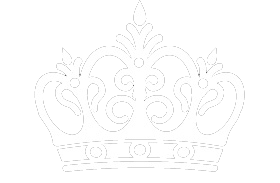Color Grading
- kukkikja
- Nov 4, 2016
- 2 min read
The color grading system of the GIA seperate "color" into 3 components which will be discussed in full below.
Hue
Tone
Saturation
When we judge colored gemstones we judge them "face up" (table up) while balancing the stone between our fingers in the palm of our hand. This lets the light be reflected in and out of the stone through the crown. When we judge reflected light, it is termed "key color" opposed to transmitted light which is named "body color" (viewed through the pavillion). A very important ingredient in judging color is proper lightning.
Hue
When we use the term "color" in daily speak, we are actually refering to the "hue". Hue is the first impression we get when seeing color. This hue is modified by tone and saturation. The GIA color grading system uses 31 different hues to describe the primary key color of a gemstone.

Tone
Tone is the lightness or darkness in a gemstone. There are 11 degrees of tone in the GIA color grading system, but only 7 of them are actually used (2 through 8).

Saturation
Saturation is the brightness (or purity, intensity) of a hue. The purer the hue, the higher grade it will get on the saturation scale. The saturation scale goes from 1 to 6. Lower grades (1 to 3) can have a gray or brown modifier, while in grades above 3 these modifiers are absent.
Any stone that doesn't have a gray or brown modifier will at least be a 4 on the saturation scale.
Saturation scale with descriptions:
grayish (brownish)
slightly grayish (brownish)
very slightly grayish (brownish)
moderately strong
strong
vivid
The descriptions are only used in verbal communications.

1 2 3 4 5 6


























Comments